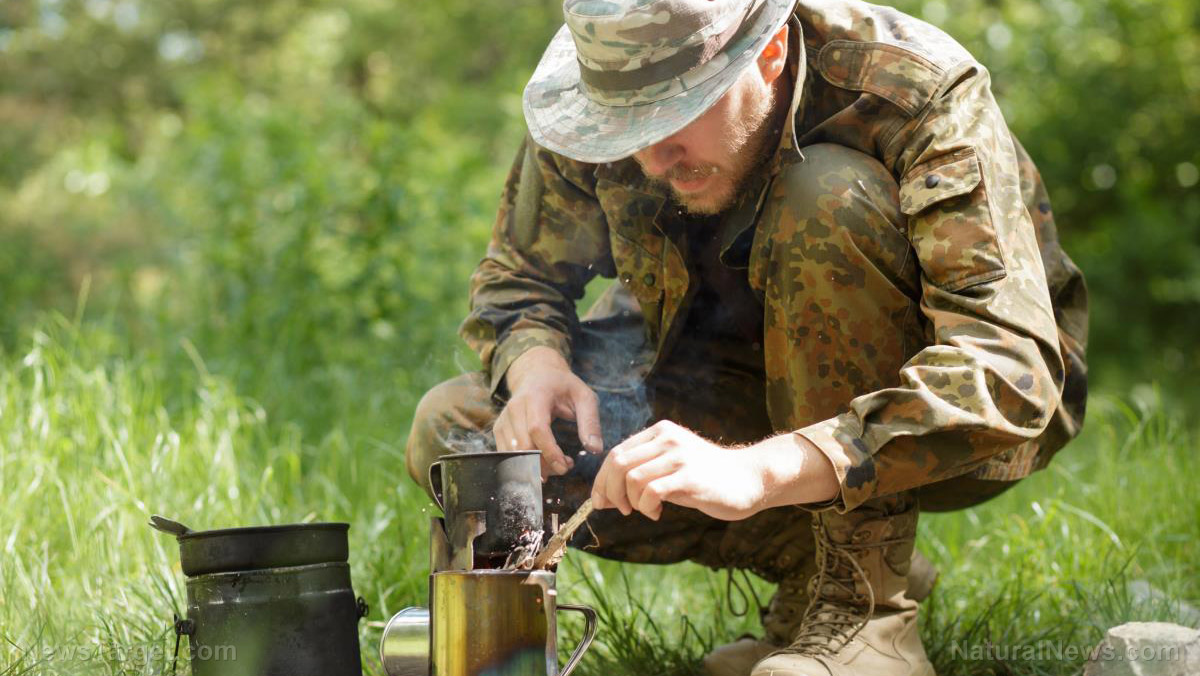Long-term blackouts are a harsh reality: 7 scary challenges you probably aren’t prepared for
02/28/2018 / By Zoey Sky

A bug-out bag is only good for 72 hours, which is fine if the blackout in your area lasts no longer than three days. But what will you do if you’re stuck in a long-term blackout with no help in sight? (h/t to AskAPrepper.com)
For this article, a long-term blackout may last for as at least three months or more. This might not seem long enough, but within three months it’s possible that “the base for civility will be shattered and the consequences of missing basic public services will be widespread.”
Consider the factors listed below when preparing for the possibility of a long-term blackout:
- Water – You might encounter issues with your water supply, but let’s dig deeper into what that actually means. You might need to answer these questions: Will you know when water treatment plants officially go offline? What will happen to your water taps when this happens? Without the local news, how will you determine if the water from your tap is safe to drink? During a long-term blackout, you’re not entirely sure if the tap water is still potable.
- Trash – Garbage piles up during the holidays, and it can get even worse if you accumulate at least a month’s worth of trash. If you have enough food to last you during the blackout, your food will probably be packaged, and you’ll still need to dispose of your trash. If you lose power for several weeks, your trash might pile up and it won’t be lost before animals and pests root around in it. Unless you come up with a plan to manage the trash in your neighborhood, you’ll have to deal with garbage and possible infestations.
- Sewage – When you lose water, as a prepper you’ll soon have to deal with your sewage. If you use water to flush your toilets, you’d be wasting water. This might even cause a backup and the spread of bacteria. You can either bury or burn your waste, but what about your neighbors? Consider coming up with sewage management plants to get everyone in your neighborhood on the same page and to avoid contamination.
- Disease – Factors one to three can all cause the outbreak of disease. Along with a “lack of sleep, malnutrition, and living without heating or air conditioning,” you and your loved ones can get sick. Prepare for waterborne illnesses, which could be a major health concern during a long-term blackout. Waterborne pathogens kill a whopping 4,000 children daily and it is the world’s “leading killer.”
- Bills – As a prepper, you could stock up on food and water. You might even be ready when it comes to disease prevention. But what about bills? If the long-term blackout doesn’t affect the U.S., can an isolated blackout negate things like mortgage, work, and other debts? If recovery is possible, debtors will still be coming after you for your payments. While this may seem like a minor concern, you’d do well to have an emergency fund.
- The speed of decline – Are you ready for a long-term blackout and its consequences? Should a blackout last longer than a month, chaos could spread instantly, especially if government assistance is unavailable.
- The ramifications of recovery – With the government to the rescue, what would recovery look like? To deal with the chaos that might have occurred following the blackout, it will take some time before total recovery. You might have to learn how to deal with limited resources and a delay before the power comes back on. Not all areas may have access to utilities, but if you’re lucky you’ll be located in one of the areas that gets their power back right away. During the recovery period, the government will need to consider “[r]esources, logistics, and the feasibility of repair” together with public cooperation. The situation will be different compared to recovering power in the aftermath of a hurricane.
How do you prepare for these realities?
Try not to feel overwhelmed when preparing for these realities. With enough preparation, you can learn to “outlast or adapt to the power outage.” Prepare two plans: one to wait out a return of service and another “for never having power again.” (Related: Prepping your home with essential survival supplies.)
If things don’t get resolved, you will need a bug-out plan (and a backup plan) so you can escape the crowd. Practice this plan with your whole family so you’re always ready if and when the time comes.
Planning ahead
Remember the four critical areas of preparation for a blackout so you won’t be caught unawares:
- Have enough food, and keep it safe to eat. Anything in your refrigerator or freezer can be eaten even after 48 hours.
- Stay warm with emergency heating. Stay warm by stocking up on enough blankets, quilts, light layers of clothing, sleeping bags, or Mylar blankets for your whole family.
- Stock up on emergency lights. Prepare several options such as flashlights and batteries, candles and matches, and some solar powered light sources.
- Cooking options. Since you can’t rely on gas and electricity during the blackout, prepare some other cooking options. Invest in a solar oven, collapsible stove, or a camping stove.
You can read more articles about how you can prepare for a long-term blackout or when SHTF at Preparedness.news.
Sources include:
Family-Survival-Planning.com 1
Tagged Under: Blackouts, bug out, bug out bag, Collapse, disaster, Homestead, homesteading, long-term blackouts, multipurpose survival tools, off grid, power grid, preparedness, prepper, prepping, SHTF, survival, survival skills, survival tools, survivalist




















